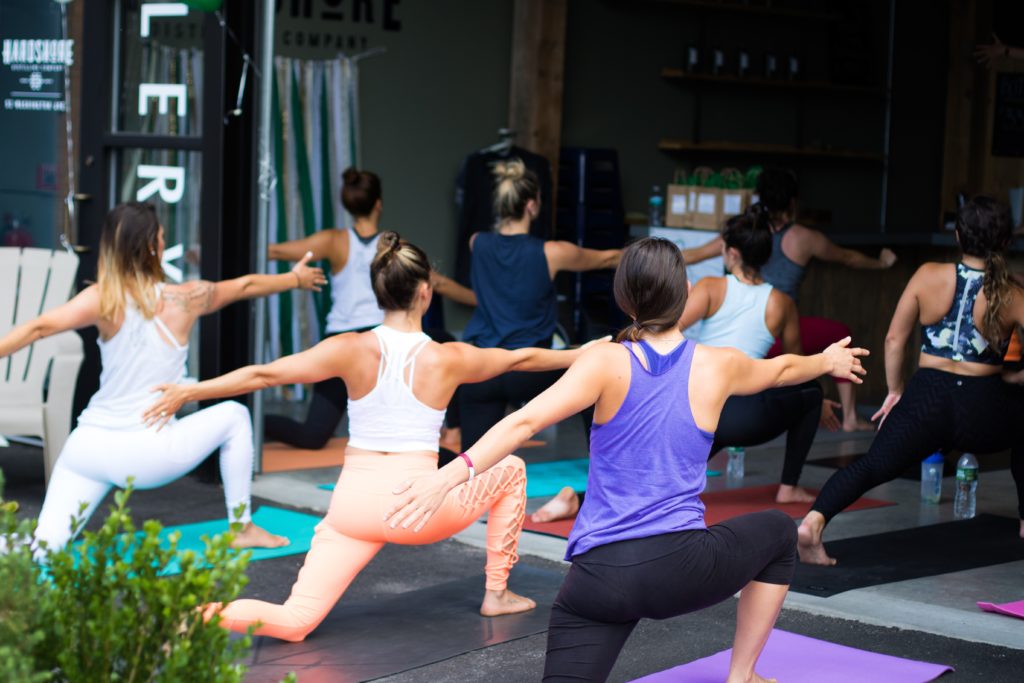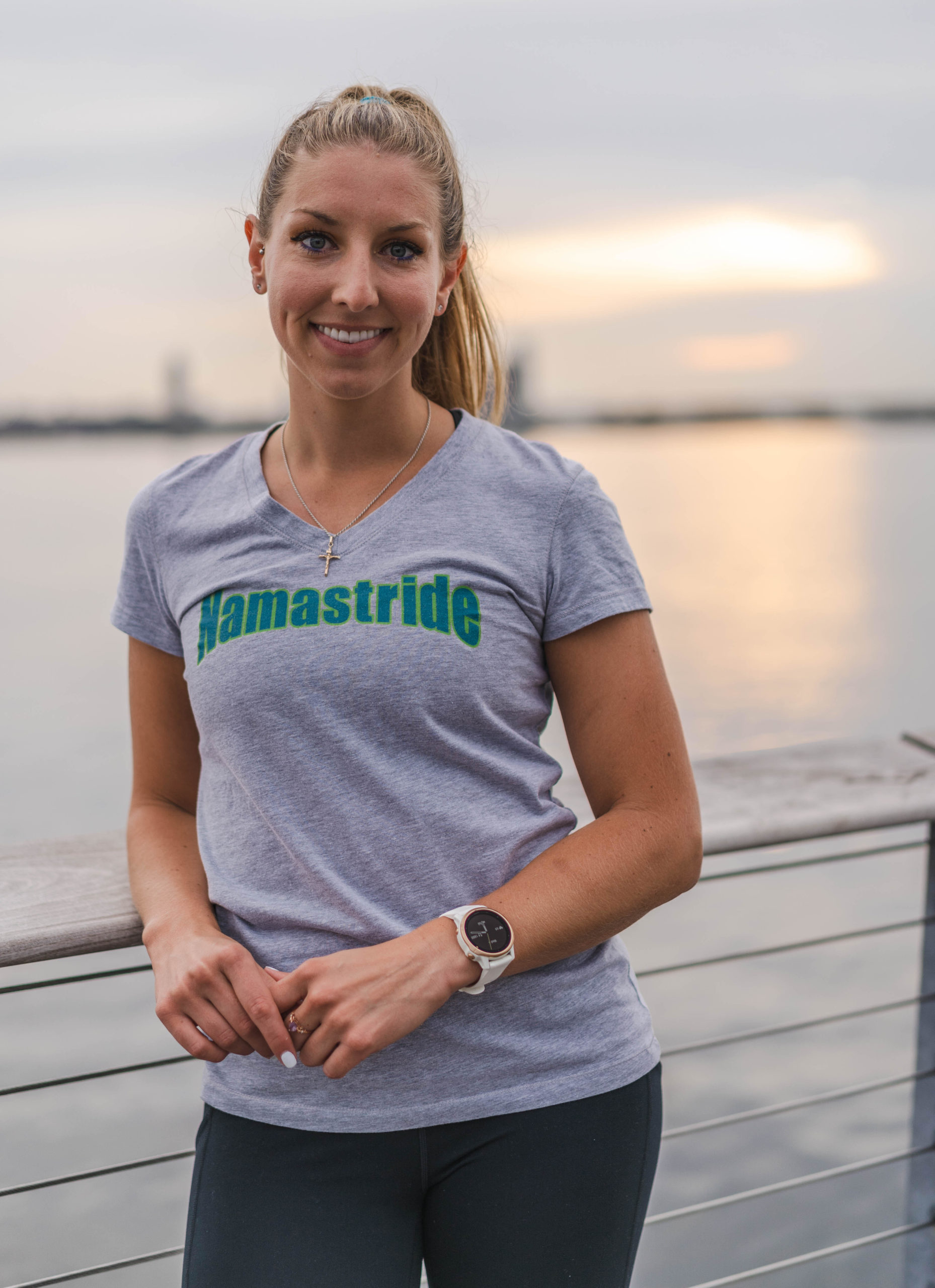When Should I Incorporate Yoga Into My Training?

When Should I Incorporate Yoga Into My Training? Is yoga best added as an active recovery workout or do I add it in small doses of 10 minutes per day? Can I incorporate yoga and specific core work?
Yoga can be a great addition for runners. Yoga can be used to improve strength, balance and cardiovascular health. Here are 3 ways to incorporate yoga into your run training.
Incorporate Yoga For Cross-Training
Yoga can be used as a form of cross-training. Certain types of yoga, such as those with high levels of movement, can raise the heart rate enough to serve as a cross-training opportunity.
This type of yoga has become very popular, and some studios are strictly dedicated to this type of yoga. You’ve probably seen a few different descriptions – Vinyasa, flow, power flow, or even heated flow. Vinyasa typically involves moving the body with breath, and as one moves throughout this style of class, the heart rate can rise with the movements.
If you like this type of yoga, it is probably best suited for cross-training days rather than running days. There are a couple of cautions with this type of class, especially those that are heated. The heated classes can warm the muscles, allowing deeper stretching than the body is typically used to. Make sure you are listening to your body, and not damaging any muscles. It’s also important to stay hydrated. Bring water with you!
Incorporate Yoga For Strength Training
Holding poses can be a great way to build strength (and flexibility depending on the pose). A broad term for yoga that typically can offer strength benefits is Hatha yoga. This type of yoga can also allow one to use props, helping one into a pose they might not be able to on their own.
A benefit of yoga is that many of the poses isolate one side of the body. When you squat at the gym, an imbalance between your right and left side can often be masked, but when doing warrior poses, lunges, and balancing poses in yoga, each side is isolated, allowing each side’s muscles to be worked on their own.
This type of yoga can also assist with balance, which is very important for runners. Balance poses can work the core, and get into some of the smaller muscles and parts of the body that could get neglected while running or doing a normal strength training routine. Another bonus from yoga is that the shoes are off, so the soles of the feet get worked, which can be great news for runners suffering from plantar fasciitis.
Strength training yoga should be done either after a run or on off-days when one would typically lift weights. While yoga can be a substitute for lifting weights, it’s okay to do both. You could try one day of strength training using yoga, and the rest of your strength training days involve gym equipment.
Incorporate Yoga For Recovery
My personal favorite – using yoga to help the body recover. There are a couple of forms of yoga dedicated to this, restorative and yin. These styles of yoga have less movement, and more relaxing poses, which are held for a longer duration than the other styles I’ve mentioned, typically for a few minutes.
The benefit of holding poses is that it can improve mobility and flexibility, and some poses even aid in reducing inflammation and draining the lymphatic system. Some can also aid digestion, which is pretty important for runners.
In addition to physical benefits, this type of yoga can be especially beneficial for:
- Lowering stress levels
- Calming your mind
- Slowing your breath
on run days or the day after an especially challenging run. During the week, I might do a quick session after a run (5-10 minutes) to let my body cool down. After a long run, I like to do a long session, allowing my mind and body to slow down and recover. I sometimes do a bonus session the day after a long run if I’m feeling especially tired.
One great thing about yoga is that it is about you. Listen to your body, and try different kinds. What works for me may not work for you, but with consistent practice you can begin to notice mental and physical health benefits that can improve your experience as a runner.

Dana is first and foremost a runner, having run 3 marathons and many half marathons. This love for running coupled with a few injuries led her to practice yoga. When she realized how much yoga improved her paces and diminished her aches and pains while running, she pursued her 200-hour yoga teaching certification, and she is now a Yoga Alliance certified yoga teacher. As a person with a day job, she focuses on helping the everyday runner feel good and enjoy running.









